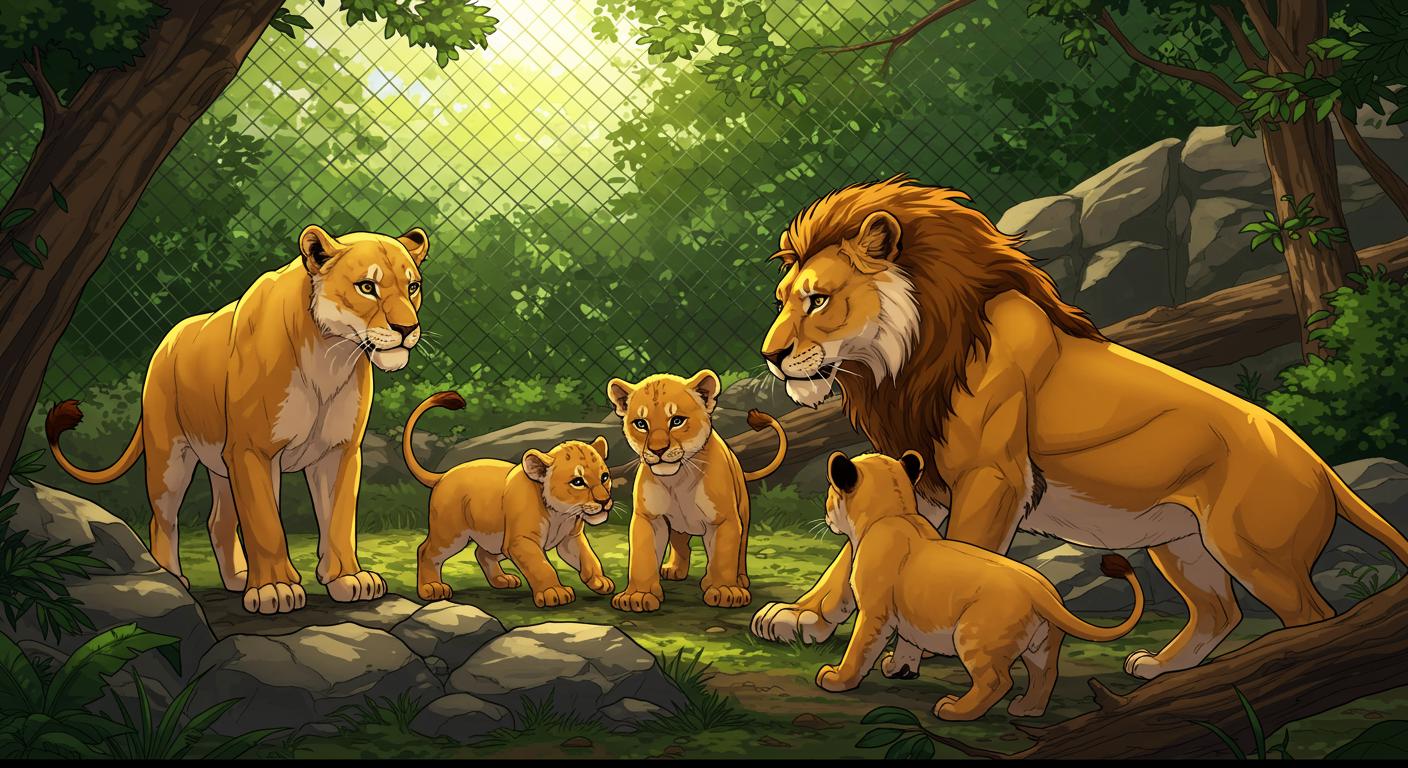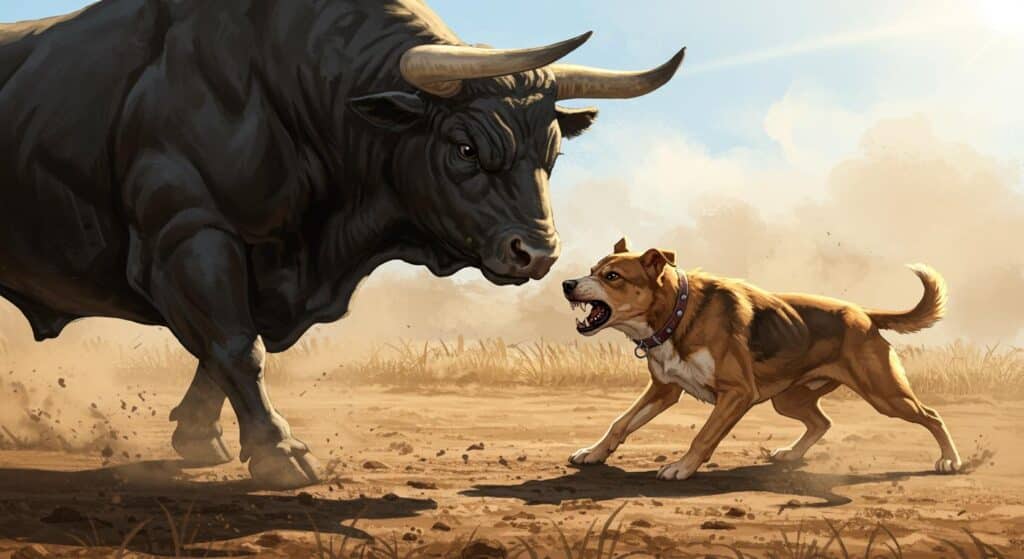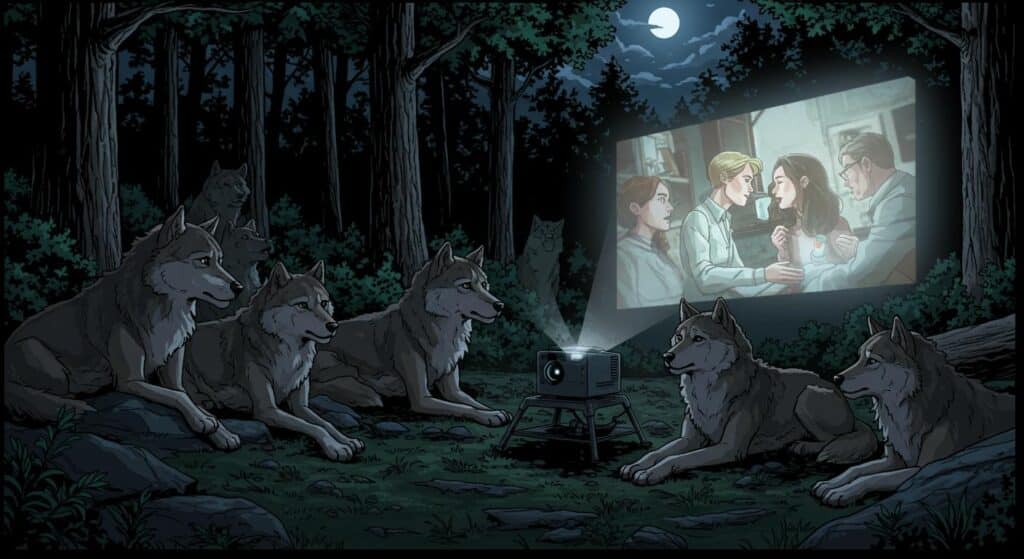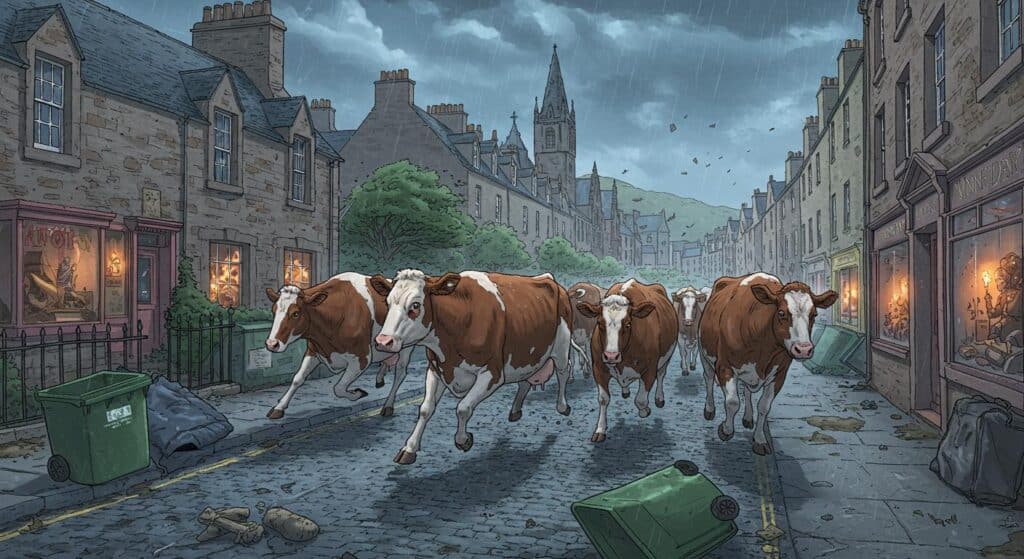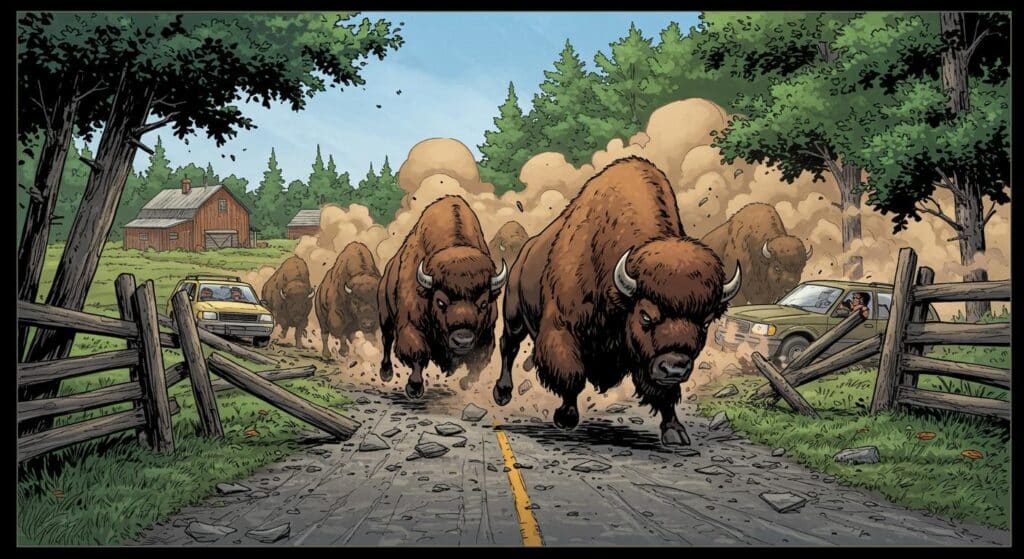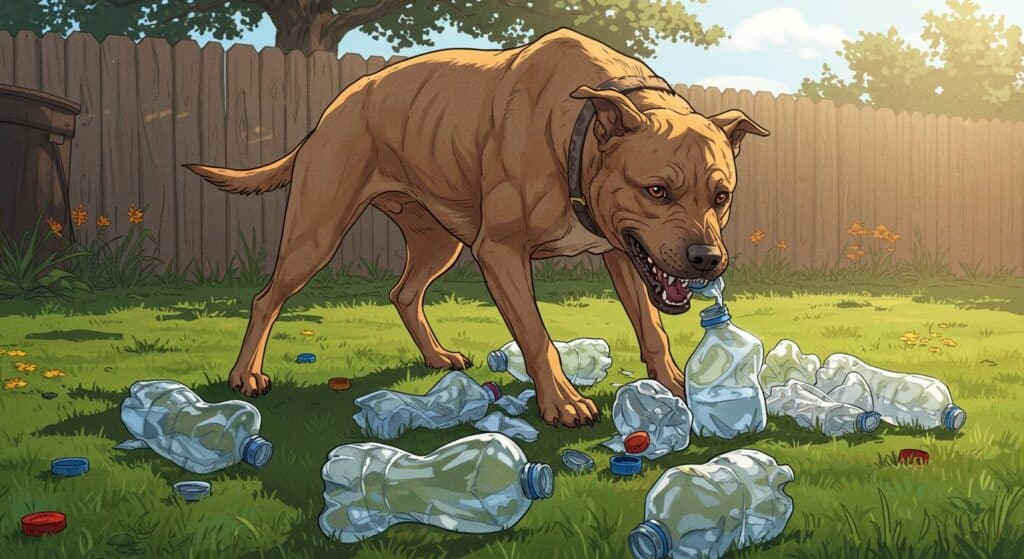Some good news occasionally sneaks in through the cracks of extinction—and this time, it comes in the form of four very fuzzy Barbary lion cubs, tumbling about their enclosure at the Dvůr Králové Safari Park in the Czech Republic. According to a report from the Associated Press, three female cubs and a male—offspring of resident lions Khalila and Bart—have arrived to bolster the ranks of a species extinct in the wild but surviving (if precariously) in captivity.
Once Kings, Now Curiosities
It takes a certain kind of historical whiplash to realize that this same northern lion, once lording it over the Atlas Mountains, is now mostly known through notebooks, stuffed skins, and, for a lucky few, plexiglass enclosures. As highlighted in the AP’s coverage, the Barbary—also grandfathered in as the “Atlas lion” or “North African lion”—served for generations as a symbol of strength, eyed warily by Roman gladiators and North African villagers alike. Human activities sealed their fate: many perished in Roman arenas, while overhunting and habitat loss did the rest. The article notes the final known wild Barbary lions were last photographed in 1925, with the last confirmed killing recorded in 1942. It’s widely believed, based on details from the same report, that the last remnants disappeared from the wild by the mid-1960s.
Despite such dramatic decline, genetics and persistent captive breeding have managed to keep their descendants ticking along into the present. The Safari Park’s deputy director, Jaroslav Hyjánek, told the AP fewer than 200 of these lions remain globally—simultaneously a sobering tally and, given a century of extirpation, a peculiar sort of triumph.
The Zoo: Ark or Illusion?
The blurred value of zoo conservation gets an odd spotlight in stories like this. As described in the AP report, the new cubs at Dvůr Králové are part of an international endangered species program that coordinates breeding efforts to maintain the population, with plans to send the youngsters to other participating institutions such as Israel’s Beersheba Zoo. It’s a bit like rotating extremely rare library books rather than letting them gather dust—vital for genetic diversity, if slightly less thrilling than the wild version.
But to what end? The article relays a candid perspective from Hyjánek, who points out that without a vision for genuine reintroduction, “the existence of zoos wouldn’t make sense.” The underlying question—whether animals preserved behind glass are truly “saved”—lingers. Is this conservation, or curation?
The Road (Cautiously) Back to the Wild
Plans for a possible return to the wild are, as emphasized by the outlet, still in their infancy and fraught with challenges. After initial discussions with Moroccan authorities, the idea of reintroducing Barbary lions to their ancestral turf in the Atlas Mountains has not been dismissed outright. A conference of experts, the AP notes, is expected to occur in Morocco by late 2025 or early 2026 to assess the feasibility of such a bold move.
The obstacles are not minor ones. Experts cited by the news outlet point to the decades since the lion’s disappearance and the need to ensure adequate protection, plentiful prey, and support from local communities. There’s the small matter of bureaucracy and logistics—convincing everyone involved that it’s not only possible but sustainable. In Hyjánek’s words, quoted in the article, “It’s important to have such a vision for any animal. Without it, the existence of zoos wouldn’t make sense.” If a successful reintroduction ever comes to pass, it might surprise not only visitors, but perhaps the local goat population most of all.
The Archive of the Living
A detail worth pondering: extinction, in the 21st-century sense, doesn’t always mean gone forever. The AP article captures this tension—species fade from the wild, only to persist as living artifacts in managed care, occasionally revived by international consensus, careful pairing, and paperwork. The Barbary lion’s saga holds out cautious optimism wound tightly with historical loss—a reminder that sometimes the creatures we file away in institutional memory can, occasionally, edge their way back into relevance, however faintly.
Will these four cubs someday lead the first truly wild Barbary pride in generations, or will they remain enshrined in carefully controlled enclosures—a testament to our tendency to archive what we can’t quite let go? Perhaps that’s what hope amounts to now: a living document, subject to peer review by time, luck, and a whole lot of paperwork. For now, at least, the Barbary lion still refuses to sign off entirely. Isn’t there a strange comfort in that?

